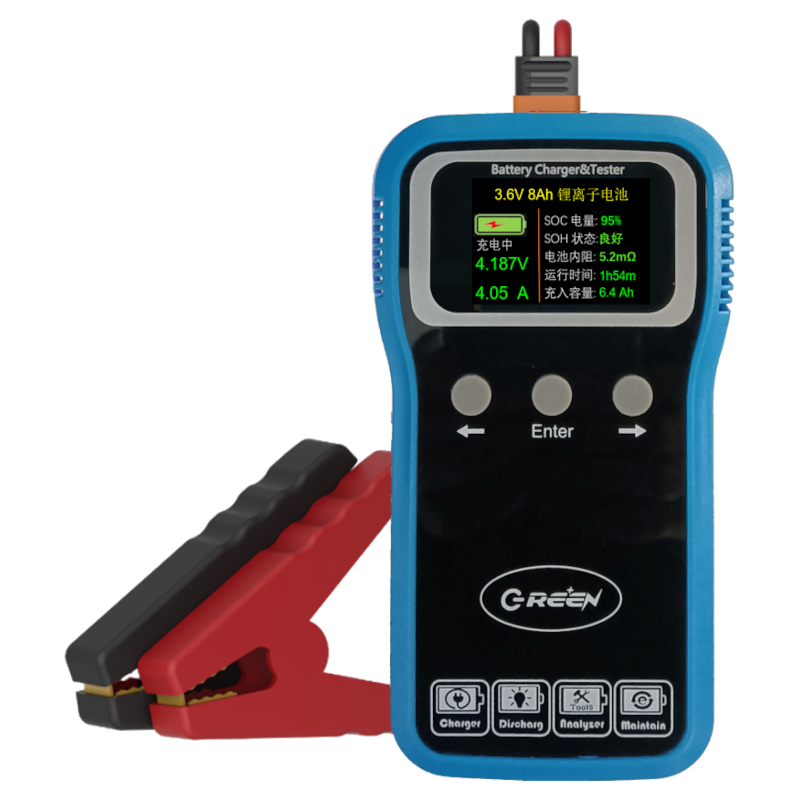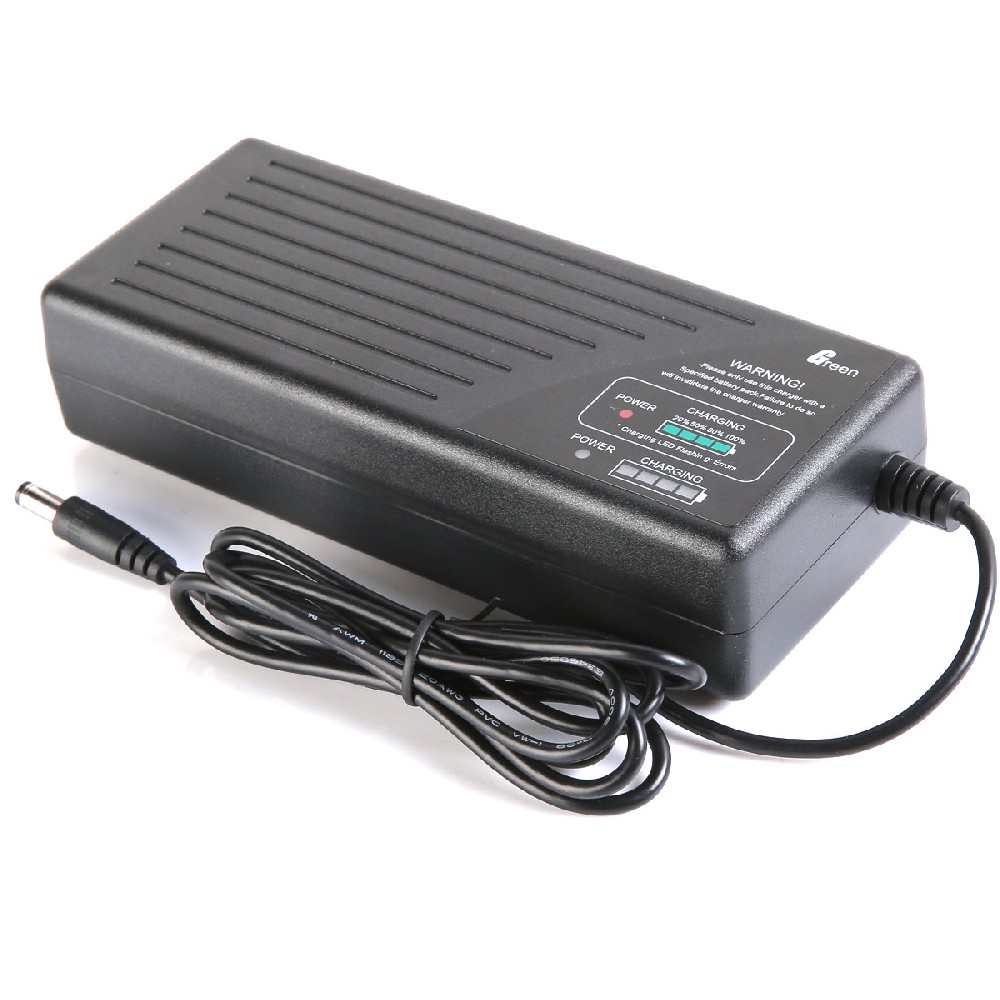Car Battery Charger: An Essential Tool for Maintaining Your Car's Heart
In the routine maintenance of automobiles, the car battery charger is an indispensable device. It serves as the guardian of the car's heart, ensuring that the battery remains fully charged and provides a continuous flow of power for the vehicle's normal operation. This article will delve into the functions, types, usage methods, and precautions of car battery chargers.
I. The Role of Car Battery Chargers
The primary role of a car battery charger is to convert household AC power into DC power suitable for automotive batteries, thereby recharging the battery. When the battery is low or completely depleted, the charger can quickly restore its power, enabling the vehicle to start smoothly. Additionally, regular use of a battery charger can extend the battery's lifespan, reducing failures caused by aging.
II. Types of Car Battery Chargers
The market offers a wide variety of car battery chargers, mainly categorized as follows:
Smart Chargers: Smart chargers can automatically identify the battery type and charging status, employing multi-stage charging algorithms to effectively prolong battery life. These chargers often come with reverse polarity protection, short-circuit protection, temperature compensation, and other features, ensuring safer and more reliable use.
Fast Chargers: Fast chargers can provide large amounts of current in a short period, enabling rapid charging. However, they may not be suitable for all battery types, and improper use may lead to overheating or even damage to the battery.
Trickle Chargers (Maintenance Chargers): Trickle chargers are designed for maintaining battery charge over extended periods, providing a low current charge suitable for vehicles that are parked for long durations.
III. Usage Methods
1. Check the Battery Condition
Before charging, inspect the battery's exterior for damage, ensure the electrolyte level is normal, and check for corrosion on the terminals. Address any issues before proceeding to ensure the battery is in good condition.
2. Connect the Charger
Connect the red positive clamp of the charger to the battery's positive terminal (+), and the black negative clamp to the battery's negative terminal (-). Be cautious not to reverse the connections, as this can damage the battery or charger.
3. Select the Charging Mode
Based on the battery type and charger capabilities, choose the appropriate charging mode. Smart chargers typically identify the battery type automatically and adjust charging parameters accordingly. For non-smart chargers, users must manually set the charging current and voltage.
4. Start Charging
Plug the charger into a household power outlet and initiate charging. During the charging process, regularly check the battery and charger status to prevent overcharging or overheating.
5. End Charging
Once charging is complete, first disconnect the power source and then remove the charger connections. Verify that the battery voltage has returned to normal, ensuring the battery is fully charged.
IV. Precautions
Safety First: Ensure the vehicle is turned off during charging, and keep flammable materials away. Wear protective glasses and gloves to prevent accidents.
Select the Right Charger: Choose a charger that matches the battery's voltage and capacity to avoid damaging the battery with an incompatible charger.
Regular Battery Checks: Regularly inspect the battery's electrolyte level and terminal condition to ensure it is in good shape. Replace aged or damaged batteries promptly.
Avoid Over-Discharging: Try to prevent over-discharging the battery, as it can shorten its lifespan. If the vehicle is not in use for extended periods, consider periodic battery charging.
Adequate Ventilation: Ensure the charging environment is well-ventilated to prevent the accumulation of flammable gases that could ignite.
V. Conclusion
The car battery charger is a vital tool in automotive maintenance. Proper use and maintenance of battery chargers can ensure that the battery remains fully charged, supporting the vehicle's smooth operation. In daily use, pay attention to the maintenance and inspection of batteries and chargers, promptly identifying and resolving issues to keep car batteries in optimal condition.


